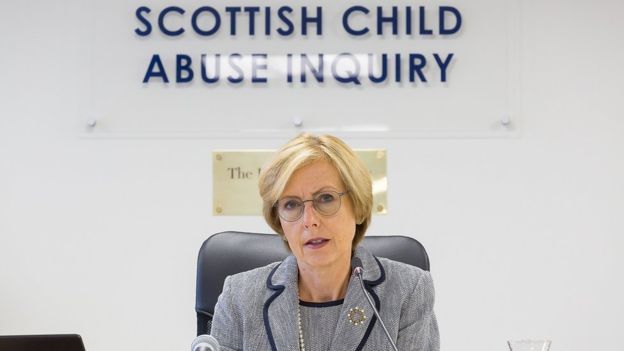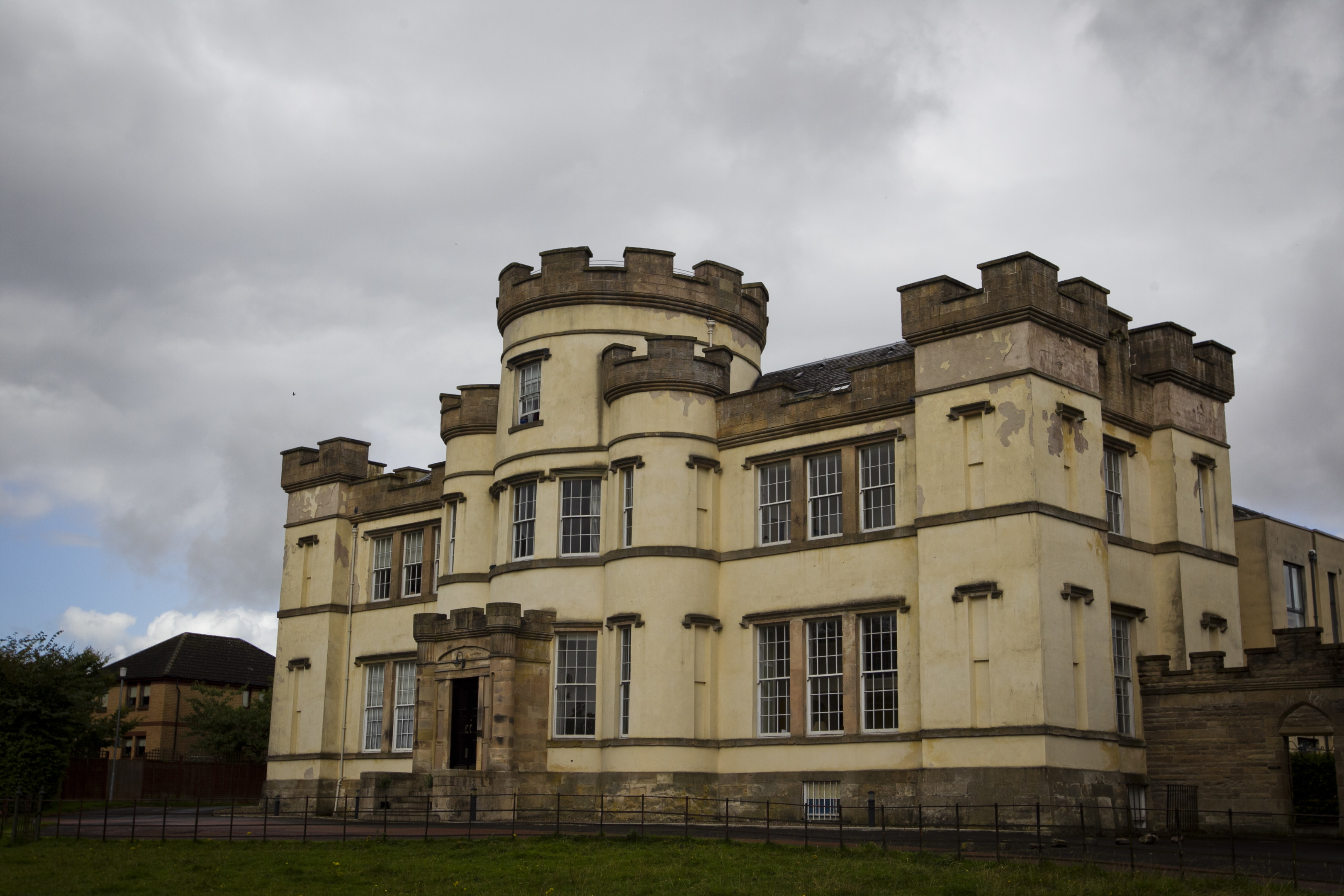
AN inquiry has concluded that children did suffer abuse at two homes run by a Catholic religious order.
The first interim report by the Scottish Child Abuse Inquiry (SCAI) has found that Smyllum Park orphanage in Lanark and Bellevue House in Rutherglen were places of fear and emotional, physical and sexual abuse for many children.
Both institutions were operated by nuns from the Daughters of Charity of St Vincent de Paul.
From November last year, the inquiry heard evidence over 20 days from 54 witnesses about their experiences at Smyllum and Bellevue from 1957 until 1981, and 21 written statements were also submitted.
Allegations of historical abuse made by former residents included claims of beatings for wetting the bed, humiliations, cold showers and children being force-fed inedible food.
In a statement issued as she published her report, inquiry chair Lady Smith said: “For many children who were in Smyllum and Bellevue, the homes were places of fear, coercive control, threat, excessive discipline and emotional, physical and sexual abuse, where they found no love, no compassion, no dignity and no comfort.”
In her findings, Lady Smith noted that for some children, being hit was “a normal aspect of daily life”.
She concluded: “Children were physically abused. They were hit with and without implements, either in an excess of punishment or for reasons which the child could not fathom.
“The implements used included leather straps, the ‘Lochgelly Tawse’, hairbrushes, sticks, footwear, rosary beads, wooden crucifixes and a dog’s lead.”
The inquiry further reported that children were sexually abused in Smyllum and at St Vincent’s in Newcastle, a home run by the order on behalf of the Diocese of Hexham and Newcastle, to which a Smyllum family was transferred.
“Children were sexually abused by priests, a trainee priest, Sisters, members of staff and a volunteer,” Lady Smith said.
A statement from the Daughters of Charity said: “Lady Smith’s findings describe events and practices which are totally out of keeping with the fundamental values which underpin our life and mission and we are committed to giving this report our utmost attention.
“We most sincerely offer our heartfelt apology to anyone who suffered any form of abuse whilst in our care.
“Our respectful desire for the future is to build appropriate relationships with INCAS (in care abuse survivors) and others, to effect healing in whatever ways are possible for this generation.”
Read The Sunday Post’s extensive investigation pieces into Smyllum – click here

Enjoy the convenience of having The Sunday Post delivered as a digital ePaper straight to your smartphone, tablet or computer.
Subscribe for only £5.49 a month and enjoy all the benefits of the printed paper as a digital replica.
Subscribe